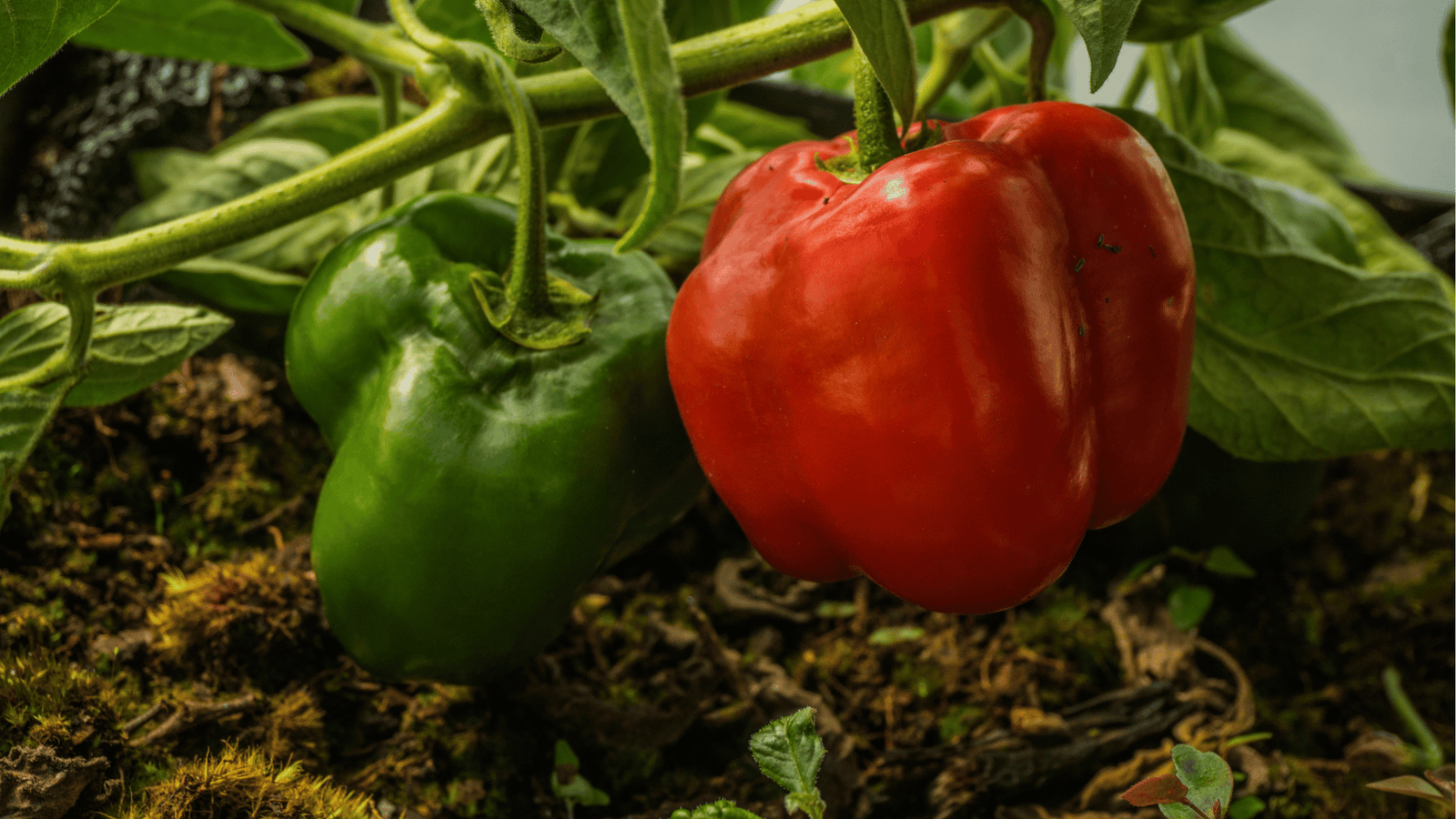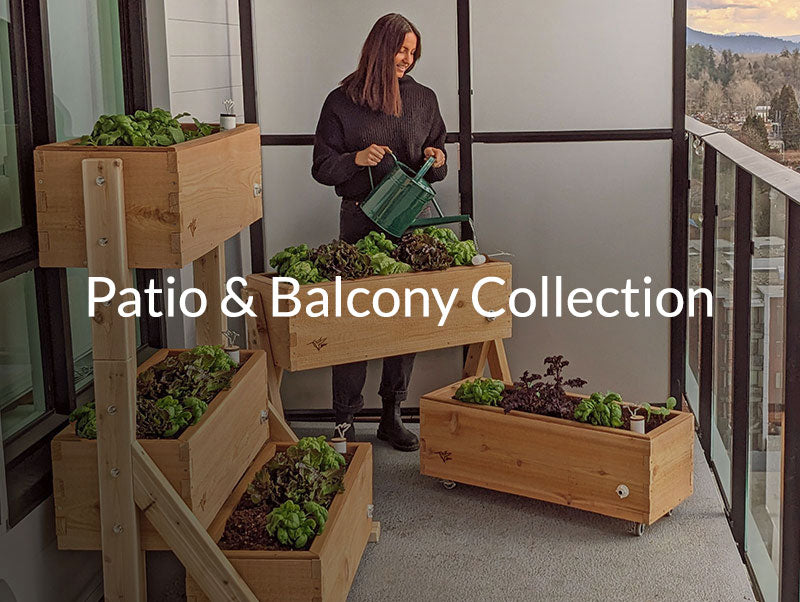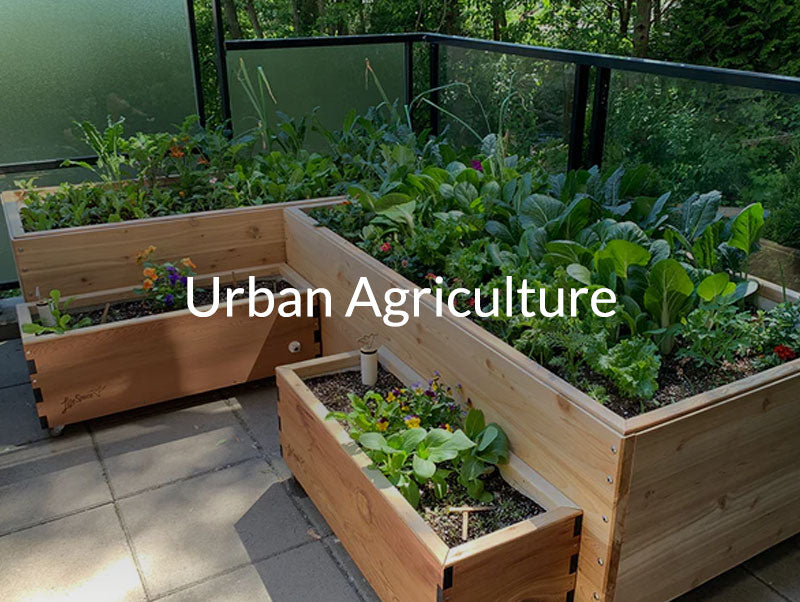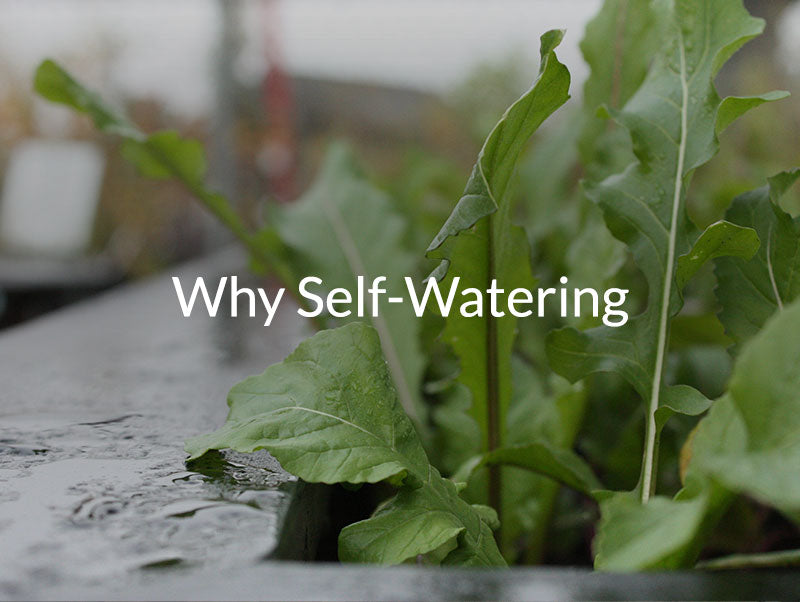Pepper Growing Guide🌶️: Planting, Pruning, and Harvesting Sweet & Hot Varieties

Introduction
Peppers are a warm-season favorite, from sweet bells to fiery chilis. They love sunshine, consistent hydration, and thrive in SIPs and wicking beds, where bottom-up watering ensures strong roots and bigger yields. Whether you’re using a LifeSpace Garden or building your own raised-bed setup with GardenWells inserts, peppers reward you with colorful, flavorful harvests all season.
When to Plant Peppers
-
Starting Indoors: Begin seeds indoors in March or early April under grow lights. See the March Gardening Guide for indoor seed-starting tips.
-
Transplanting Outdoors: Move peppers into SIPs or raised beds in May or June once nights stay above 13°C. Visit the May Gardening Guide for transplanting steps.
-
Peak Season: June through August are prime growth months — see the June Gardening Guide for SIP watering strategies.
Square Foot Gardening Spacing
-
Spacing: 1 pepper plant per sq ft
-
Depth: Plant seedlings so the root ball is just below soil level
How to Plant Peppers
Starting Indoors (Preferred)
-
Sow seeds 8–10 weeks before last frost in a warm, bright location.
-
Use grow lights for 14–16 hours daily and maintain temps around 24°C.
-
Harden seedlings off for 7 days before transplanting into SIPs or wicking beds.
Direct Seeding (Optional)
-
Possible in warmer climates but less reliable; transplanting yields stronger plants.
Watering Your Peppers
Peppers thrive on deep, consistent hydration:
-
Use your WaterStem: when the Hummingbird rises, the reservoir’s full; when it drops, refill.
-
Before establishment: Top-water gently for 7–10 days after transplanting.
-
After establishment: Refill reservoirs every 1–2 weeks, adjusting for heat and fruit load.
-
Mulch around plants to conserve moisture and stabilize soil temperatures.
-
For summer SIP tips, check the July Gardening Guide.
Harvesting Peppers
-
Green Stage: Pick early for crisp, mildly flavored peppers.
-
Fully Ripe: Allow to mature to red, yellow, or purple for maximum sweetness or heat.
-
Chili Varieties: For drying, harvest when skins firm up and use drying racks in a warm space.
-
For extending production into fall, visit the September Gardening Guide.
Common Issues & Fixes
| Issue | Likely Cause | Solution |
|---|---|---|
| Blossom Drop | Cool nights or heat stress | Keep peppers warm, mulch, and ensure steady hydration |
| Yellowing Leaves | Nutrient deficiency | Use compost tea or balanced organic fertilizer |
| Aphids / Pests | High-density planting | Interplant basil or marigolds for natural pest deterrence |
Companion Plants for Peppers
Best companions (with cross-links):
-
Basil → Repels pests and improves pepper flavor.
-
Onions & Scallions → Natural pest deterrents, great for SIP edge planting.
-
Carrots → Shallow roots complement deeper pepper roots.
-
Spinach → Ideal early-spring interplant under young peppers.
-
Marigolds → Deter nematodes and aphids while attracting pollinators.
Avoid planting with:
-
Fennel → Inhibits pepper growth.
-
Heavy nitrogen feeders like corn nearby, which can reduce fruiting.
Layout Tip:
-
Plant 1 pepper per sq ft in SIPs or wicking beds.
-
Surround peppers with basil, marigolds, or scallions for pest control and pollinator support.
-
Use spinach or lettuce in early spring to maximize SIP bed productivity.
Product Tips
-
Compact patios? Grow peppers in CondoFarms self-watering planters for maximum yield in minimal space.
-
DIY gardeners? Use GardenWells inserts to convert raised beds into wicking beds for effortless irrigation.
-
Scaling up? Build with custom self-watering raised beds for high-production pepper harvests







